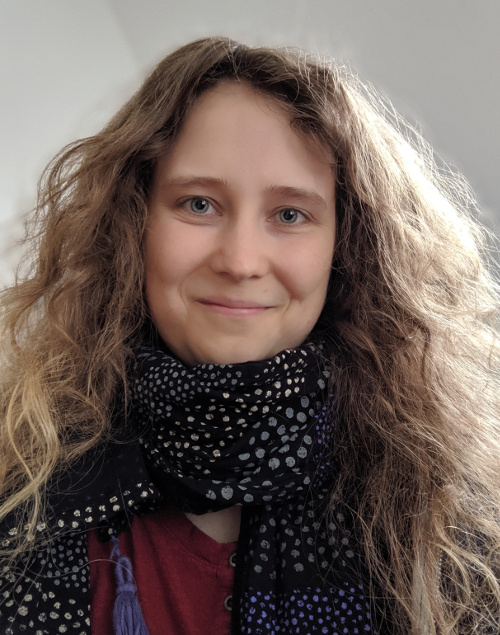Clonal evolution patterns in acute myeloid leukemia with NPM1 mutation
Our work on the clonal evolution of NPM1-mutated acute myeloid leukemia (AML) was published as an original article in Nature Communications!
AML is a highly heterogeneous disease, caused by variable sets of genetic aberrations that cooperate to transform functional blood cells into non-functional cancer cells. Not only are these sets of mutations typically distinct between patients, they also tend to differ between different cells, or clones, within a given sample. Over time, and under different selective pressures exerted for example by cancer therapy, a patient’s clonal composition can change drastically. These changes, which we term clonal evolution, were the focus of this study.
Specifically, we sequenced a cohort of AML patients harboring an NPM1-mutation, which is one of the most frequent aberrations in AML, at both diagnosis and relapse. Surprisingly, while most patients retained the NPM1 mutation at both time points, in others it was lost. With a combination of Illumina whole-exome sequencing (WES), deep targeted re-sequencing and RNA sequencing we went on to compare these two types of patients, which we call NPM1-persistent and NPM1-loss cases, respectively. In our article we then showed that NPM1-loss cases had actually retained nearly none of the somatic mutations that had co-occurred with the NPM1 aberration at diagnosis. Instead, they presented with completely different mutational profiles at relapse, which was also reflected by gene expression changes affecting very different signaling pathways than before. The NPM1-persistent cases, on the other hand, largely retained the same sets of mutations that they had each harbored already at diagnosis. This lead us to postulate that relapse frequently arises from persistent leukemic clones, which survive therapy and eventually grow back out into another full-blown leukemia, but that at times it actually rather develops as a second de novo or a treatment-related AML (tAML).
The scripts and NGS data analysis pipelines which I developed for this project have since been published to github where they are freely available for download, inspection and use. Please also check out Sibylle Cocciardi, who first-authored this work and deserves most of the credit!
